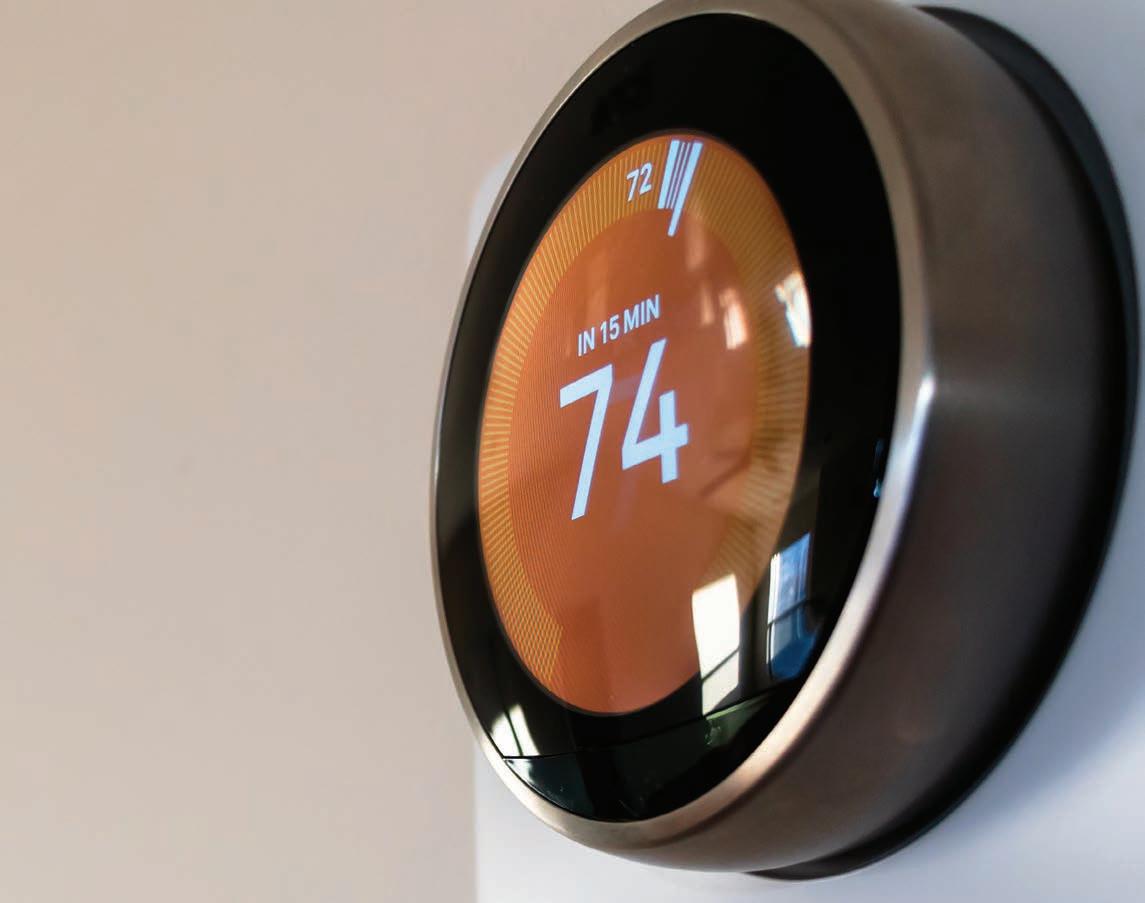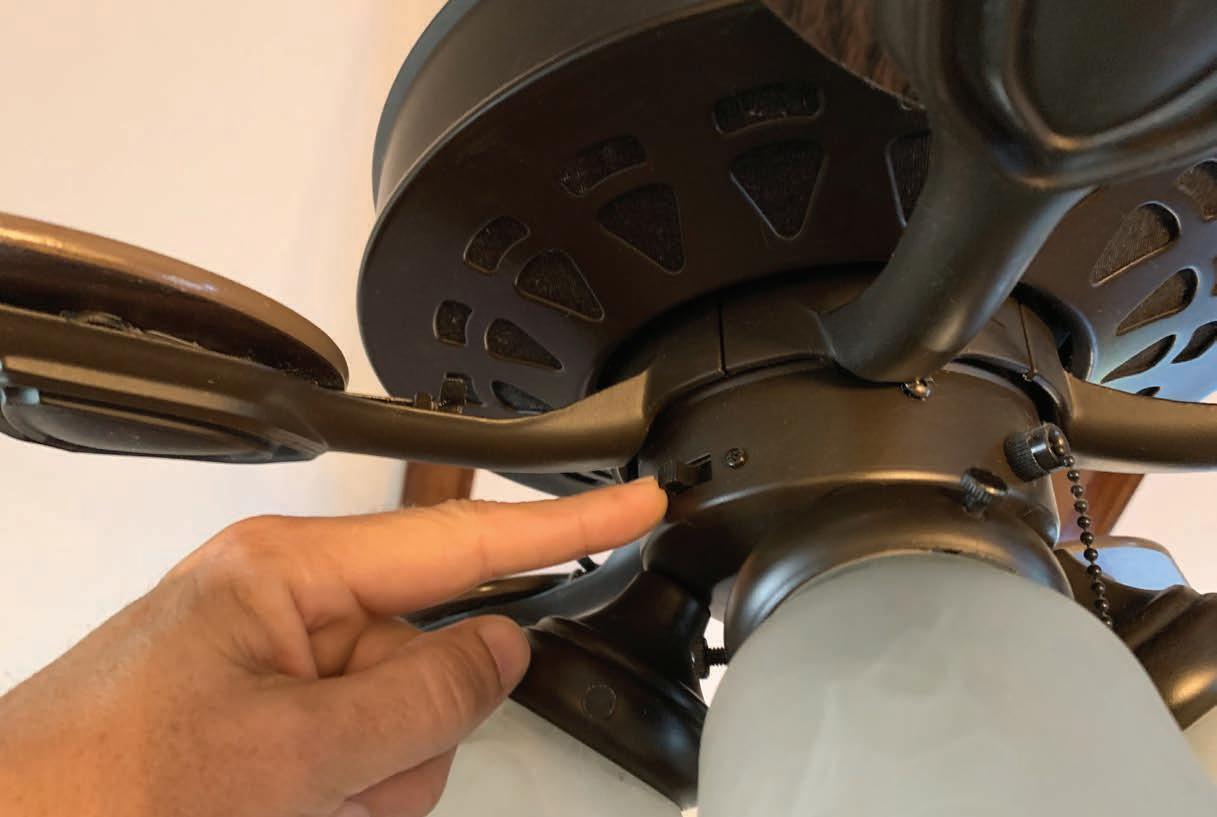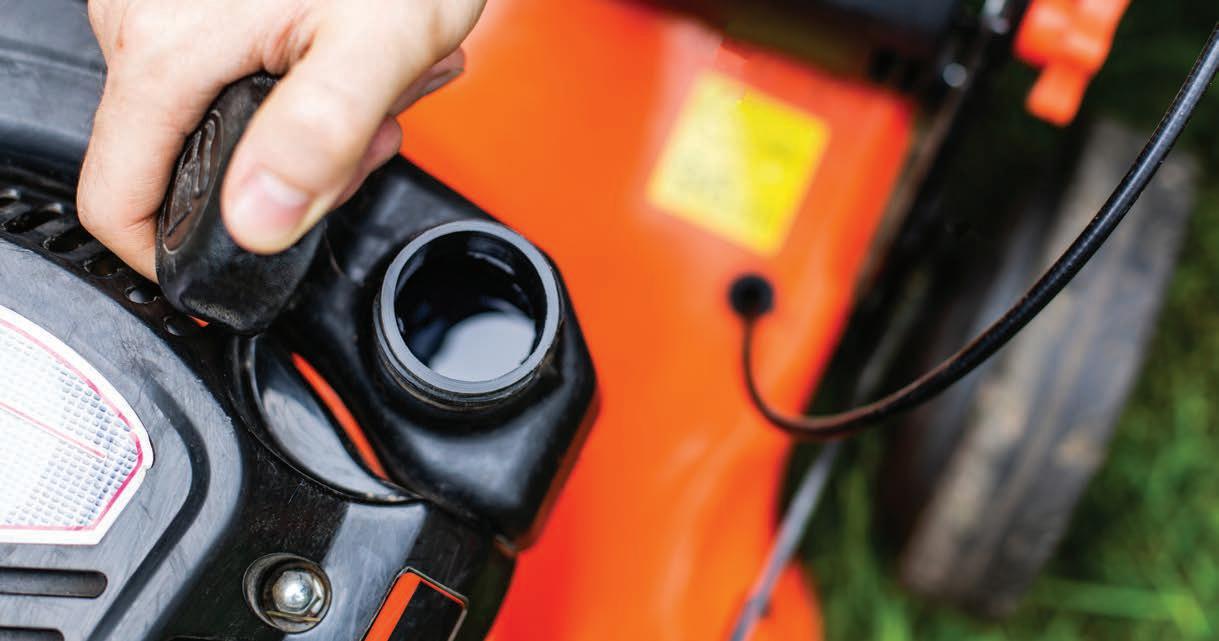
7 minute read
START SMART
>STARTSMART

NEW “FULL HOUSE” BRINGS HIGH ENERGY BILLS
By Erin Mezle
The COVID-19 pandemic has rapidly turned the “new normal” household into hubs for all family activities, moving the workplace, grade school, college, extracurricular activities, meals, gyms, hobbies, all under one roof. In fact, 82 percent of company leaders surveyed by research firm Gartner say their organizations plan to permit employees to work remotely at least part of the time even post-pandemic. This new household dynamic can cause energy use and utility bills to skyrocket. As heating and cooling accounts for nearly half of home energy use, new technology can help lower bills.
Get “Smart” About Climate Control: Smart HVAC systems have built-in Internet capability that can control temperatures directly without additional equipment. Smart Home Thermostats create “smart” systems by enabling remote temperature control via a mobile or Internet-connected device or voice-operated home automation system.
Voice Your Preference: Most HVAC manufacturers now offer apps that enable systems to be controlled from anywhere using a mobile device. Voice-control capability uses digital assistants, like Amazon Alexa or Google Home, to verbally dictate home temperatures to improve energy savings.
Find Your Efficient Comfort Zone: Many of us live in homes designed for bigger families, but have yet to downsize. If you find yourself using a fraction of your home on a regular basis, consider upgrading to a zoned ducted or ductless system, which can save energy heating and cooling spaces where you and your family don’t spend much time.
Get a Split: Among the most energy-efficient heating and cooling products, electricity-powered ductless mini-split systems can save as much as 25 percent on your energy bill. Available from companies such as Fujitsu General America, mini-splits use thin copper tubing to pump refrigerant from an outdoor compressor directly into an indoor air-handling unit, where the air is quietly distributed to the interior space. Learn more at www.constantcomfort.com.
GO LOW (TECH) TO SAVE ENERGY

You don’t have to break the bank to save energy around the home. Try these simple steps.
Capture the Sun: Open south-facing curtains at sunrise to make best use of “passive solar gain.” This works particularly well if your home has stone or concrete floors which have a large thermal mass, meaning they soak up a lot of heat and release it slowly. Remember to close your curtains as soon as the sun dips to trap the free heat.
Force Down Warm Air: Denser, cooler air stays closer to the ground, and warmer air rises. So, force it downwards with a low-speed fan. Use the switch on the motor to reverse the fan's setting so it sends the warm air upwards, as this will distribute it back down the walls to mix with the rest of the air in the room, gradually raising the ambient temperature.
Use Waste Heat: Some equipment in your home generates “waste heat” during normal operation. For example, your computer's CPU belts out waste heat that’s conducted to a heat sink and then dispersed with the aid of cooling fins and a fan. Position your workstation where you can best use that thermal energy to help warm the room.
Lock it In: Insulate and fill the gaps. Warmed air leaking out around poorly sealed window frames, power sockets, recessed light fittings, and other gaps is a big source of heat loss in homes. Use caulk, foam strips or expanding foam to seal up unwanted holes in your home. Add extra insulation to your home cheaply by layering up mineral wool in your attic. Thick curtains help to insulate glass at windows. If your windows are single-glazed, consider sticking transparent polythene film to your internal window frames to act as super-low-budget “double-glazing.”
6 TIPS FOR STORING EQUIPMENT DURING WINTER
Here comes winter. How and when you prepare your equipment for seasonal changes can save you time and money later. The Outdoor Power Equipment Institute (OPEI) offers a few tips to ensure your lawnmower and other spring equipment will be ready to use when warmer temperatures return.
1. Service all equipment. Before storing summer equipment, clean and service it or take it to a small engine repair shop. Drain and change the engine oil and safely dispose of the old oil. Service the air filter, and perform any other maintenance as directed by the owner’s manual. Lost manuals can be found online; save a copy on your computer if possible.
2. Handle fuel properly. Unused fuel left in gas tanks over the winter can go stale and even damage equipment. Before storing equipment, add fuel stabilizer to the gas tank, then run the equipment to distribute it. Turn the engine off, allow the machine to cool, then restart and run until the gas tank is empty. For winter equipment, buy the recommended type of fuel no more than 30 days before use. Use fuel with no more than 10% ethanol in outdoor power equipment.
3. Charge the battery. Remove and fully charge batteries before storing. Don’t store batteries on metal shelves or allow them to touch metal objects. Store them on a plastic or wood shelf in a climate-controlled structure.
4. Shelter summer equipment. Before the weather changes, make space in the garage or basement so there is room to store larger yard items. Store summer equipment in a clean and dry place such as a garage, barn or shed.
5. Prepare for winter equipment. Clean up the yard of sticks or debris that can damage winter equipment such as snow-throwers. Clear the paths used regularly in your yard, especially during the winter when leaves or snow can “hide” things.
6. Get the right extension cord for your
generator. Keep heavy-duty, weather-proof extension cords long enough to operate the generator a safe distance from the house or building. Never operate a generator indoors, in a garage, breezeway or under an open window.

ASK MATT

QUESTION: Should I follow any strict guidelines when building a new mailbox?
ANSWER: When planning the look and design of your mailbox, you should first check with your local municipal codes (and your homeowner’s association, if you have one) for any restrictions in your area. A mailbox must meet the US Postal Service’s size and construction standards. When designing your own, position the mailbox 41 to 45 inches from the road surface to the bottom of the mailbox or point of mail entry. Place your mailbox 6 to 8 inches back from the curb. (If you do not have a raised curb, contact your local postmaster for guidance.) Put your house number on the mailbox. If your mailbox is on a different street from your house, put your full street address on the box.
When installing the mailbox, the Federal Highway Administration prefers supports that are stable but bend or fall away if a car hits them. Suggestions include a 4-by-4-in. wooden support or a 2-in. diameter standard steel or aluminum pipe. Bury your post no more than 24 inches deep. Due to the risk of injury from car accidents, the FHA advises against using unyielding or potentially dangerous supports, like heavy metal pipes, concrete posts and farm equipment (e.g., milk cans filled with concrete). Brick-walled mailboxes are common in many residential areas, however, so check with local guidelines for what is allowable and use your best judgement. Visit www.usps.com for more information.
Got a question for Matt? Visit Matt’s blog at HIRpub.com/news.
NEWSWIRE
TREX WINS SUSTAINABILITY AWARD
Trex Company has been honored with the 2020 Sustainability Leadership Award by Business Intelligence Group. Trex was selected in recognition of its ongoing commitment to sustainability, illustrated through its manufacturing process, commercial and community recycling programs and measurable impact. The company’s entire portfolio of high-performance, lowmaintenance decking is manufactured from a minimum of 95% recycled materials, including reclaimed wood and polyethylene plastic waste from industrial and consumer packaging along with household items such as grocery bags, newspaper sleeves and shrink wrap. Today, Trex is one of North America’s largest recyclers of plastic film, repurposing more than 400 million pounds each year. Key to winning this latest honor is the company’s NexTrex recycling program, which makes it easy for retailers, distributors and consumers to responsibly dispose of unwanted plastic waste. Learn more at www.trex.com.
H






